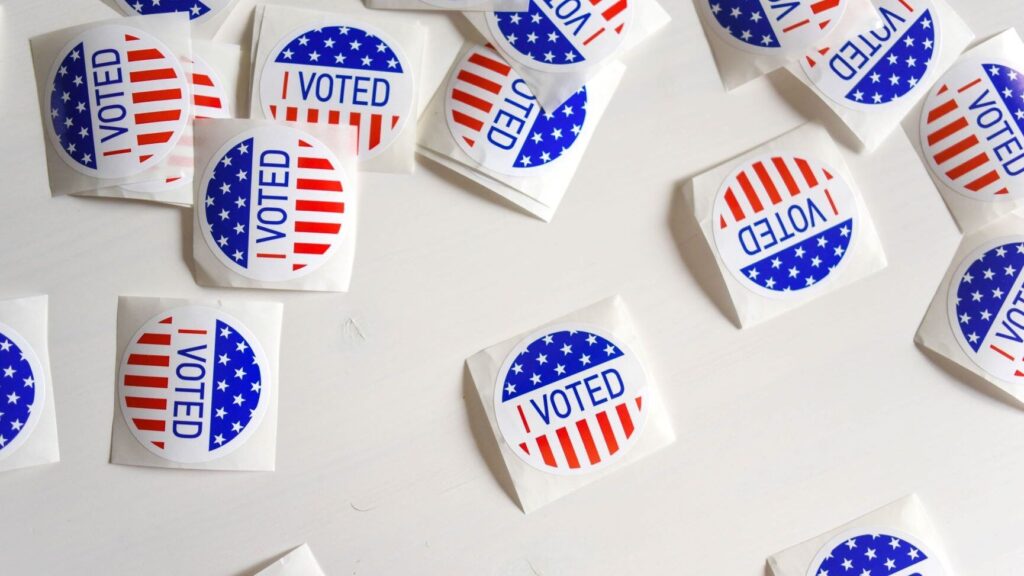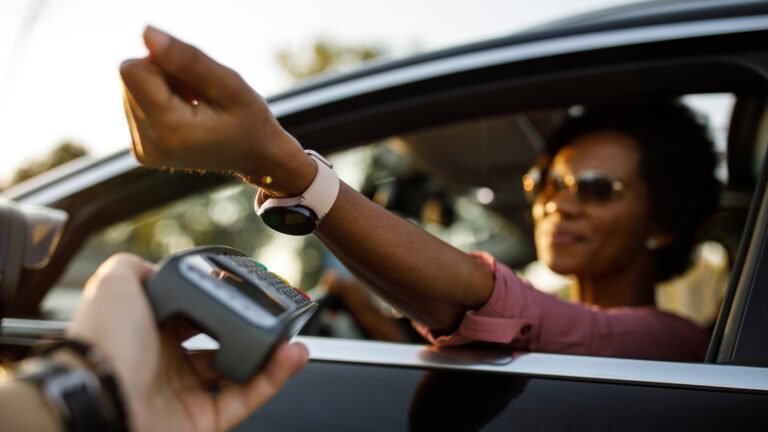The 2020 United States presidential election is here, and many readers are probably already exhausted by it. The coronavirus pandemic has added several wrinkles to an already tumultuous election year, marked by partisan disagreement on a variety of topics. Among the popular talking points: reports of issues with voting technology and allegations of potential voting fraud.

By October 30, almost 86 million Americans had already cast their ballots for their chosen candidate. Whether voting by mail or in person, this total represents 62.2% of the total votes counted in the 2016 general election. As early voter turnout surges, let’s explore the methods Americans use to vote, the issues presented by existing voter technology, and possible solutions.
A Brief History of U.S. Voting Technology
An MIT Election Data + Science Lab report lists five types of voting technology that are “[historically used at least somewhere in the United States: hand-counted paper, mechanical lever machines, punch-card machines, scanned paper ballots, and direct-recording electronic devices.”
Hand-counting paper ballots was common for decades but left potential for fraud, human error, and other mishaps. Automated vote counting began in the late 1800s, and some version of this technology stayed in place for “roughly 80 years,” says Charles Stewart III, a MIT political science professor. The 2000 general election recount (remember hanging chads?) further pushed a shift towards optical scanners and direct-recording electronic devices (DREs) for vote tallying, with federal legislation moving subsequent elections towards the use of “purely electronic machines.”
Issues with Voting Technology
Americans have adopted new technologies and grown steadily more comfortable with moving aspects of their life to the digital domain. Despite these shifts, electronic voting methods remain controversial. Concerns have been exacerbated by reports of Russian interference efforts in the 2016 general election, which revealed “cyberattacks target[ing] a number of voter databases, election vendors and other such systems in the 2016 presidential election.”
NPR reports that no evidence exists to support that votes were changed, but the foreign operatives “did compromise a few key systems and extract some data” – revelations that have furthered concerns. Hackers at events like Defcon have since explored deficiencies with existing voting machines and don’t like what they see; a volunteer group of security professionals and hackers known the Election Cyber Surge has similarly investigated modern voting machines, revealing a “disjointed” network of “about 8,000 separate election jurisdictions,” each with “equipment and voting methods [that] vary dramatically,” says the BBC.
Edward Perez, the global director of technology development at nonpartisan election technology nonprofit the OSET Institute, characterizes the foundation for voting technology as “inadequate for current threats,” plagued by “market dysfunctions that have existed for two decades.” Up-to-date technology does exist, but “many [voters] will encounter voting machines with software unchanged or unpatched for 15 years. Some states’ voting systems rely on Windows 2000, and others on parts that vendors can find only in secondhand electronics stores.” He highlights the dramatic failure of deploying brand-new voting machines in Northampton County, Pennsylvania, in November 2019 as one recent example, exacerbated by “avoidable human errors in preparing the machines.”
To Perez, the experience illustrates how “the so-called modernization of election equipment has simply replaced outdated, insecure equipment with voting systems designed to a standard that is 15 years old.” Like many modern legislative issues, however, there is a sharp partisan divide as to how to fix them. A federal standard approach is generally championed by Democrats, while Republicans (including Senate majority leader Mitch McConnell) tend to argue that state and local governments are responsible.
Solutions
The solution supported by many experts is perhaps the most back-to-basics one: a movement away from digital voting technologies and back to paper. The American Association for the Advancement of Science (AAAS) says that “the science is clear: Paper ballots, marked either by hand or machine, are the most effective way to ensure that the votes cast in an election reflect voters’ intent. When every vote creates a paper trail that is routinely audited in a statistically-sound method, it provides assurance that votes have been tabulated correctly.”
The “full-circle moment for paper” post-2000 recount controversy seems to be the ideal solution for the patchwork approach now dominated by “paperless machines… [that] were created and purchased without any federal standards in place.” It’s a movement that has been building momentum for years. Paper ballots have been increasingly popular by virtue of early and mail-in voting, the method preferred by much of the Western US and gaining prominence elsewhere.
The coronavirus pandemic is perhaps accelerating the shift: voting participation via mail “has been rising for years but is “skyrocketing” during the lead-up to the 2020 election. With “an estimated 95 percent of voters… us[ing] either a mail-in paper ballot or a machine that produces a verifiable and auditable paper trail,” it bodes well for election security and voter confidence in the process. And it may be here to stay, says Electoral Assistance Commission chairman Benjamin Hovland. “One of the things that we’ve consistently seen over time is that as more Americans get exposed to convenience voting options like early voting and vote by mail, the more they like it and the more they want to keep doing that.”
Convenient, secure, and confirmable, paper ballots may be a rarity today – a low-tech solution that best solves a high-tech problem.







